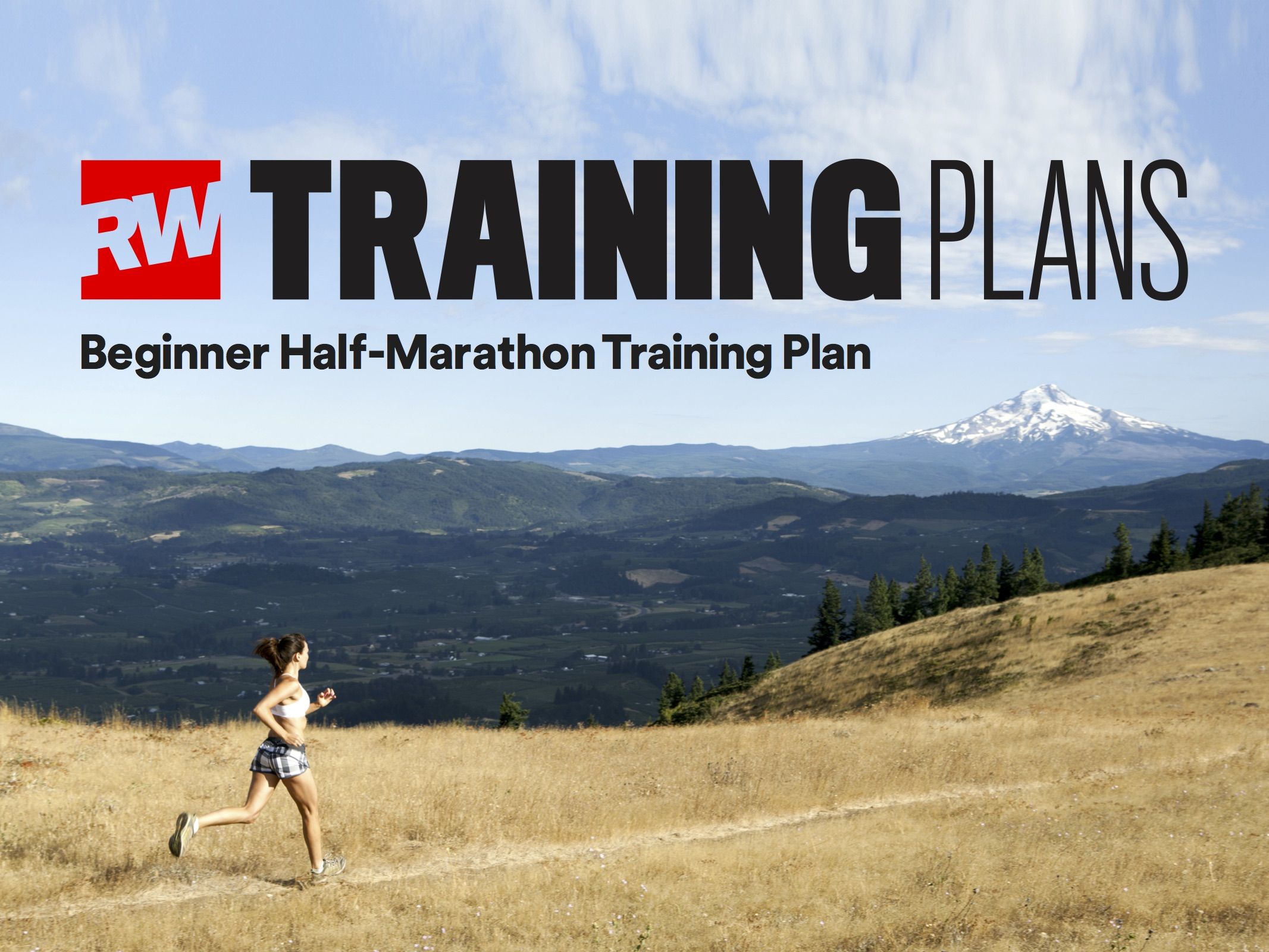The popular Oxford Half Marathon, a great local event where we have five amazing runners taking part on our behalf, is fast approaching us and if you are looking for a guide to how to train for a half marathon, we have the below advice from the running experts at Runner’s World.
A half marathon is a substantial distance of 13.1 miles and therefore training needs to start several months before the event to ensure you are prepared. The good thing about the Oxford Half Marathon, is that this means training needs to start in the summer months ahead of the event in October, so you should (if the English summer allows!) be training in the sunshine and can make the most of the light mornings and the long light days which will help with motivation and to allow you to schedule in training around work, family and busy lives.
Key tips for training for the Oxford Half Marathon
Pace: Don’t worry about how fast you run your regular workouts and instead run at a comfortable, conversational pace. If you can’t do that, you’re running too fast. (For those wearing heart rate monitors, your target zone should be between 65 and 75 percent of your maximum pulse rate.)
Distance: The training schedule below dictates workouts at distances, from 3 to 10 miles. Don’t worry about running precisely those distances, but you should come close and use a GPS tracker (either an app or a fitness watch) to track how far you have run.
Rest: Rest is as important as the runs. You will be able to run the longer runs better if you rest before, and rest afterwards.
Long Runs: The key to half marathon training is the long run and to progressively increase your distance each weekend (or when you choose to do the long runs but weekends are the most popular times for these). Over a period of 12 weeks, your longest run will increase from 3 to 10 miles. Then, after a brief taper, you jump to 13.1. The schedule below suggests doing your long runs on Sundays, but you can do them Saturdays, or any other convenient day.
Cross-Train: On the schedule below, this is identified simply as “cross.” What form of cross-training? Aerobic exercises work best. It could be swimming, cycling, walking (see below) or even some combination that could include strength training. Cross train on Wednesdays and/or Saturdays. Cross-training days should be considered easy days that allow you to recover from the running you do the rest of the week.
Walking: Walking is an excellent exercise that a lot of runners overlook in their training. Feel free to walk during your running workouts any time you feel tired.
Strength Training: If you have never lifted weights before, now might not be the best time to start and you should wait until after completing your running training program. However, if you are an experienced lifter, continue with it but you might want to cut back when as the training mileage builds near the end of the programme. Tuesdays and Thursdays after your run would be good days on do weights.
Racing: Consider doing a couple of shorter races in the run up to October to familiarise yourself with the process and to build mental confidence. Perhaps enter a 5k race at the end of Week 6 and a 10k race at the end of Week 9.
Juggling: Don’t be afraid to juggle the workouts from day to day and week to week. Be consistent with your training, and the overall details won’t matter.
Most of all, enjoy it, listen to your body, and train when you are in the right mindset and without injury to avoid impacting motivation and confidence.
Good luck and thank you SO much to our amazing Occtopus runners: Danny, Edward and Ben.
The 12 week plan


